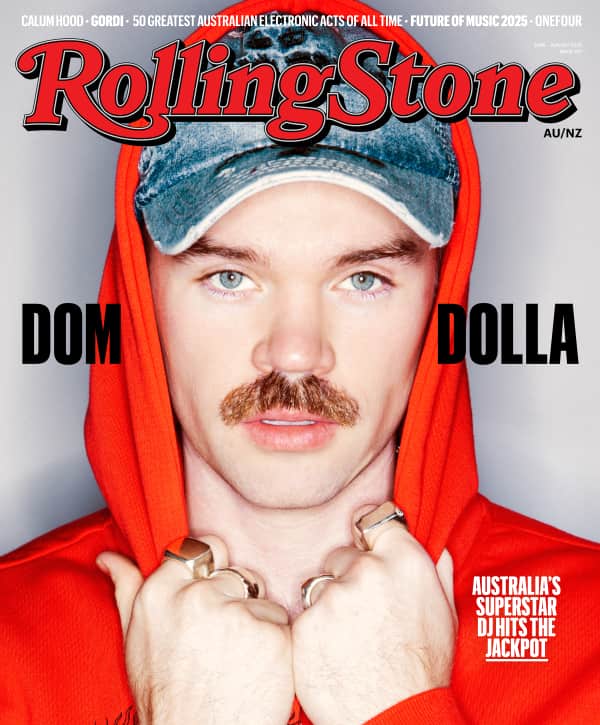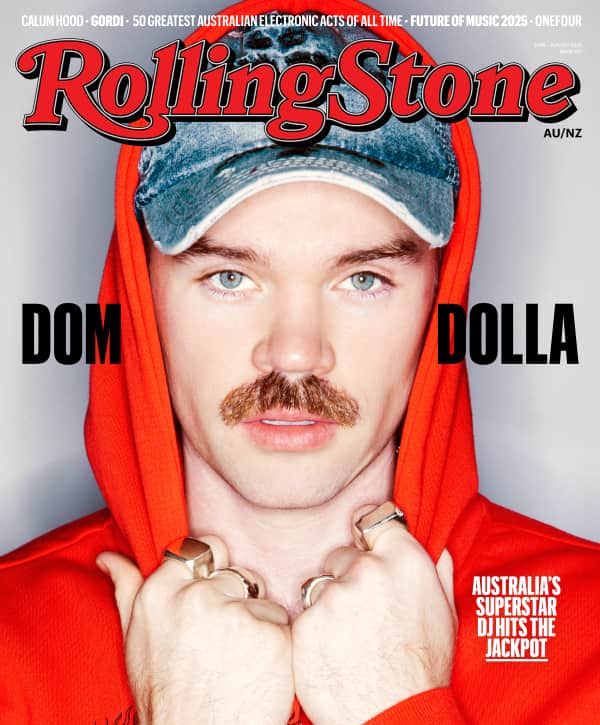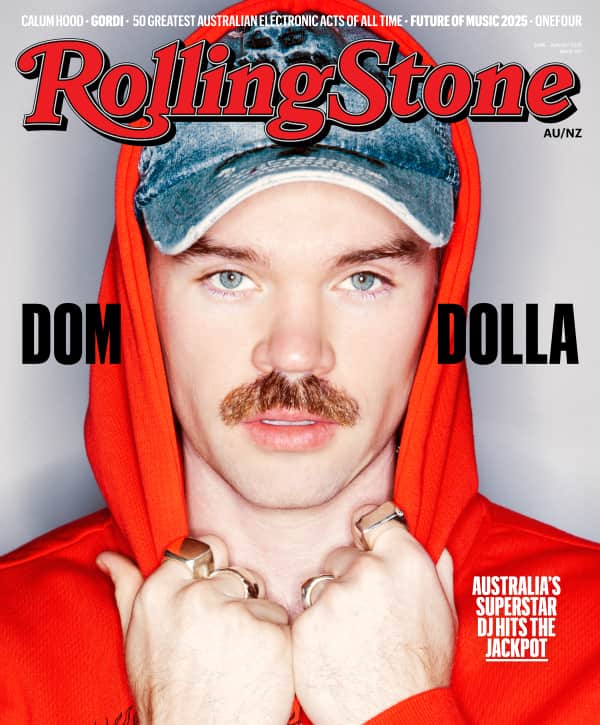It’s been a rough few months for Young Thug. His latest album, Uy Scuti, was met with a fairly lukewarm reception from fans, despite being his first project since his release from jail last year after spending over 900 days behind bars. You can see it in his demeanor in interviews, where the toll of incarceration and public scrutiny reads clearly on his face. Before the album dropped, a deluge of leaked prison phone calls exposing his feelings about everything from Gunna to Drake spread like wildfire on social media.
Even so, Uy Scuti does feature glimmers of Thug’s brilliance, most notably in its album art, which is as peak Thug as you can get. The cover features a close-up portrait of Thug transformed into a white person. On Instagram, he shared the image with the caption “IF YOU WANNA BE THE BIGGEST …. GO WHITE!!” The move feels refreshing in a subversive, conceptual art kind of way. Here is a musician who’s been ensnared in the American criminal justice dragnet, whose existence as a Black man in the South comes with a deeply encoded sense of how racism colors every facet of American culture, flipping our racial consciousness on its head.
In an interview with podcast host Big Loon, Thug elaborated on his thinking behind the cover. “I think it was just, like, some funny shit, but it’s still serious to the point where I went with it,” Thug said. “We always joked and played in my hood. ‘Nigga, you want to be the biggest, go white.’ It’s just a narrative that the world paint. And we just going with the narrative.”
View this post on Instagram
Love Music?
Get your daily dose of everything happening in Australian/New Zealand music and globally.
Of course, not everyone appreciated Thugger’s vision. Shortly after dropping the album art on Instagram, social media was flooded with disappointed fans ridiculing the cover. From jokes about his resemblance to former NBA star Delonté West to comments about the cover hurting the album’s streams, Thug’s provocative art, for the first time, landed flat. This is the same artist who posed nude on The Barter 6 and who donned a dress for the cover of Jeffery. Perhaps a harbinger for fans’ response to the album, it seems Thug’s provocative ideas aren’t quite hitting the same.
Nonetheless, time will tell if Thug has a case. There is something about the album’s cover that is, in fact, rather arresting. From an art historical perspective, it aligns with works we’ve seen in the past that both make viewers somewhat squeamish but also point to larger structural issues in our culture.
“I think it’s clear he’s commenting on the ‘White is Right’ narrative, which is a narrative that is still permeating throughout not only America, but also Africa, especially with bleaching cream that’s readily available for people in Africa and India,” K.O. Nnamdie, a curator and gallerist in New York, says. “The cover really reminded me of this 1988 work, How Ya Like Me Now? by David Hammons, which depicts Jesse Jackson in a blue suit, red tie, blue-eyed, and white skin.”
Nnamdie notes how that piece drew similar ire from the public. So much so, in fact, that after it was initially installed outdoors in Washington D.C., vandals attempted to destroy it with sledgehammers, forcing the work to be moved indoors. Hammons would go on to include the sledgehammers as part of the piece’s display, arranging them in a semi-circle, almost as if they were guarding the painting.
All these years later, whiteface has once again captured the public imagination. Druski’s recent foray went over much better with the public, perhaps because of how utterly convincing it was. “Have we seen characters before play whiteface that are Black? Yes. Tyler, the Creator has done that before in multiple music videos. The Wayans brothers have done it before in White Chicks,” Nnamdie says. “What’s so fantastic about this cover is you actually give him the grace that you would give a white person, which is they look like any ol’ body. And for once, this Black man who’s so recognizable, such an icon, just looks like an everyday person.”
As with any work of art, the context it exists in can say volumes, and given the year Thug has had, there’s something alluring about the boldness with which he offers what feels like a commentary in the music industry for how Black artists are promoted as opposed to white artists. In his interview, he jokes, “You want to be the biggest nigga in this motherfucking world, you got to be Eminem.” While his comments were made half-jokingly, the marketability of white rappers over Black rappers, especially in recent years, is hard to ignore.
“I think it’s great that Thugger’s been able to play around with or stretch the readability of this, and he’s making it more complex,” Nnamdie adds. “I think it’s kind of smart because people are then having to be faced with their own mirror of their own projection.”
From Rolling Stone US



































